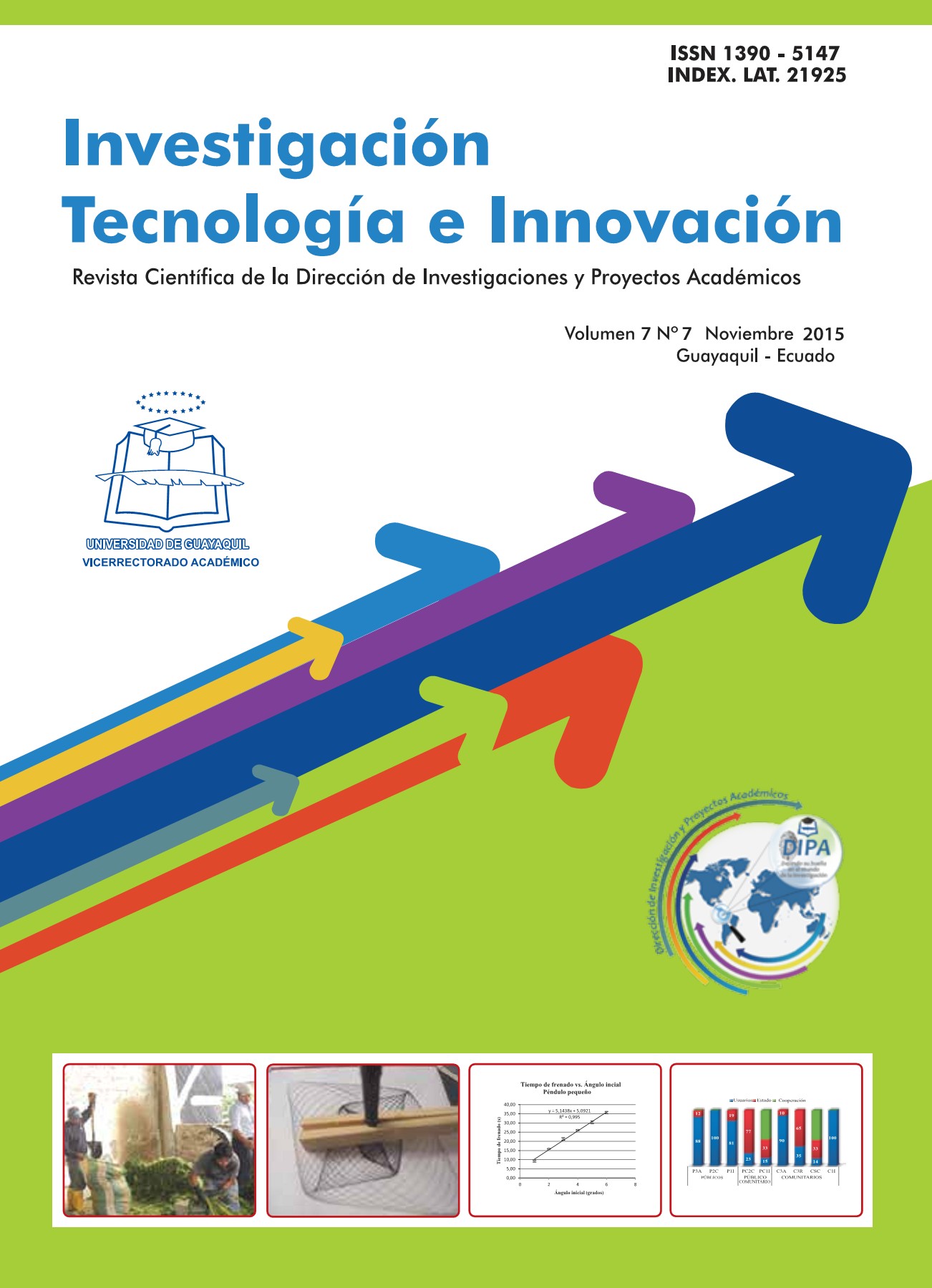Climate change and renewable energy in national high school curriculum of Ecuador
DOI:
https://doi.org/10.53591/iti.v7i7.85Keywords:
Physics Teaching, High School, Currículum Design, Renewable EnergyAbstract
The paper analyzes the importance given to the concepts of renewable energy and climate change, within the curricular blocks of materials of first, second and third years of high school physics. Given the little attention that is offered in these years to the concepts ofrenewable energy and climate change, decided to expand the matter ofphysical upper, which is taught in the third year ofhigh school, in order to satis fy sorne of the shortcomings observed. Such shortcoming s are rela ted to content limited to teach, both in time and amount of topic s, on renewable energy and climate change. This, despite the momentous importance both for the continuity of life on our planet. The work aims to contribute to the objectives set by the Ministry of education of Ecuador for the matter of Physics in the General unified baccalaureate, as well as the promotion of interest in students by the University study of physics and racing oriented to the solution ofthe various difficulties arising from such problems.
References
World Commission on Environment and Development. Our common future. Oxford, UK: Oxford University Press; 1987.
Jenning s PJ , Lund CP. Renewable energy education for sus tainable develop ment. Renewable Energy 2001; 22:113 - 8.
Lloyd B, Lowe D, Wil so n L. Renewable energy in remole Australian com munitie s . Final report. ACRE Lid.; 2000. 52 pp.
Jenning s PJ. Renewable energy education: an essential foundation formar ket development. In: Proceedings ofthe 35th ANZSES conference, Canbe rra, 1997 , p. 33-1- 33-5.
Spiropoulou D, Antonakaki T, Kontaxaki S, Bouras S. Primary teachers' li teracy and altitudes on education for sus tainable development. J Sci Educ Technol, 2007; 16:443-450.
Liarakou G, Gavrilakis C, Flouri E. Secondary school teachers' knowledge and altitudes towards renewable energy sources. J Sci Educ Technol, 2009; 18: 120--129.
Ministerio de Educación del Ecuador. Bachillerato General Unificado. Consultado el: 23 de marzo del 2015, Disponible en: http://educacion.gob.ec/category/bachillerato-general-unificado- i/
Ministerio de Educación del Ecuador. Bachillerato en Ciencias. Consultado el: 23 de marzo del 2015, Disponible en: http://educacion.gob.ec /bachillerato-en-ciencias/
Ministerio de Educación del Ecuador. Malla Curricu lar. Consultado el : 23 de marzo del 2015, Disponible en: http://educacion.gob.ec/malla-curricularbachillerato-general-unificado/
Ministerio de Educación del Ecuador. Tronco Común. Consultado el: 23 de marzo del 2015, Disponible en: http://educacion.gob.ec/tronco-comun/
Union of Concerned Scientists. Renewables Are Ready: A Guide to Teaching Renewable Energy in Junior and Senior High School Classrooms. 2003. Disponible en: http://www.ucsusa.org/sites/default/files/legacy/assets/documents/clean_energy/renewables/ready_fullreport.pdf
Secretaría Nacional de Planificación y Desarrollo del Ecuador. Folleto Informativo 1: Transformación de la Matriz Productiva. 2012. Disponible en: http://www.planificacion.gob.ec/wp-content/uploads/downloads/2013/01/matriz_productiva_WEBtodo.pdf
Downloads
Published
Issue
Section
License
Copyright (c) 2015 Christian Pavón Brito

This work is licensed under a Creative Commons Attribution-NonCommercial-NoDerivatives 4.0 International License.






